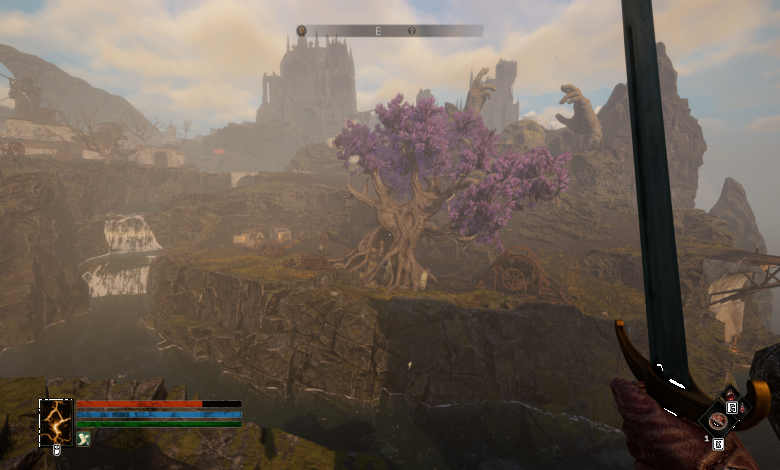
TAINTED GRAIL: THE FALL OF AVALON Review
Most of you will probably know that Tainted Grail: The Fall of Avalon is based on the successful board game of the same name that was released in 2019, while four years ago another game was released in the same universe, a deck-building roguelike called Tainted Grail: Conquest. The Fall of Avalon obviously maintains the inspiration from the board game, but features radically different gameplay than Conquest by being an old-school open-world RPG. And “old-school” is no exaggeration in this regard - The Fall of Avalon managed, quite unexpectedly I would say, to be probably the closest thing to TES III: Morrowind I've played in the last 20 years. In terms of gameplay, broader feel and atmosphere mainly, not necessarily its world design (you won't find the giant mushrooms of Vvardenfell in it, for example). That's not to say, of course, that its world lacks the necessary variety, to the extent that its nature as a Dark Fantasy title based on fairly heavy variations of Arthurian legend allows.
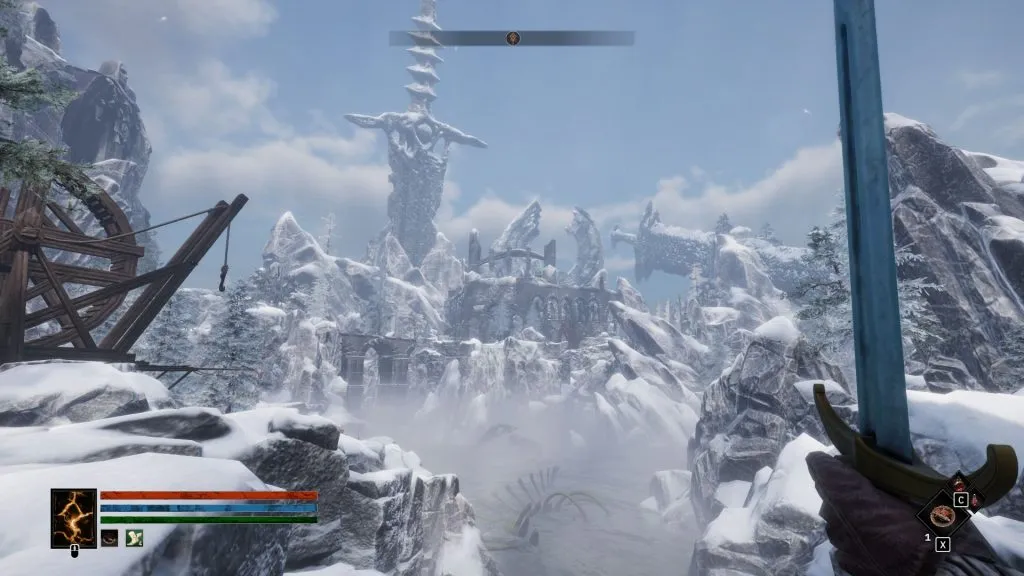
Despite being based on the board game's world, no special knowledge of the Lore (or, obviously, the rules of the board game) is necessary in order to be introduced and absorbed into the world of Tainted Grail. The Lore's special twists and turns - Arthur, his Knights, their war with the native giants of Avalon, the mysterious Wyrdness that infests the world at night, the equally mysterious plague called Red Death - are all progressively revealed to the player either as part of the plot or through reading Lore Items scattered around the world. As players, the only things we need to know at the start of the game are the absolute basics: that we suffer from Red Death, and that we are imprisoned (another rather ElderScrolls-esque touch in that we start the game as prisoners) on the Island Asylum, an isolated facility in the southeast of Avalon.

Early on in the game another similarity to the Elder Scrolls games becomes clear, which corresponds to the skill system. Meaning that, like in TES games, in Tainted Grail skills are increased through their in-game use. Unlike TES, however, the leveling system here is not based purely on skill increase but on the old-fashioned acquisition of XP, which is gained in the expected RPG-like ways such as quest solving and monster killing. The increase in Skills provides a certain amount of XP of course, but it's clear that the vast majority of XP is gained in other ways.
The combat system is also quite reminiscent of Morrowind, in the sense that, especially in the melee combat aspect, and especially in the early stages of the game, more than once I found myself simply spamming attacks in a rather crude way that seemed straigh out of Morrowind. As the game progresses and stronger opponents emerge along the way (playing on the middle and higher difficulty levels) players will realize that this spamming is not the appropriate way to deal with them. So they will gradually start to utilize other tactics such as using dash to avoid getting hit (dash is of course affected by the weight of our armor, so there are several tactical parameters to consider), strategically using heavy attacks to stun opponents due to stamina reduction, consuming potions and using weapon enhancements, traditional cheesing from a distance, and more.
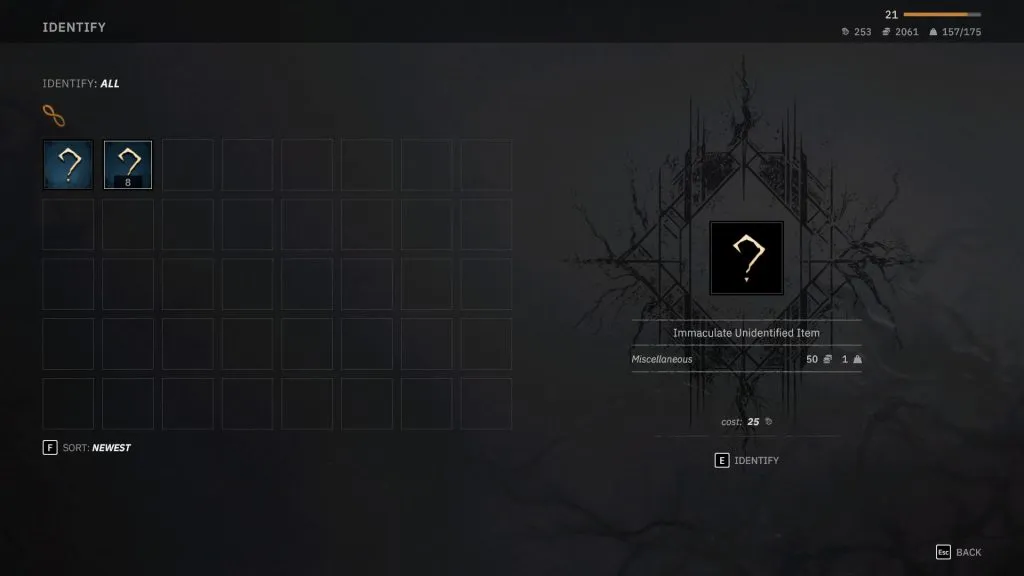
But melee combat (whether one-handed, two-handed or dual-wield) is not the only combat archetype available for our character, as the attributes, skills, and perks unlocked upon leveling up can push the character's development towards magic, archery, stealthy backstabbing, or various combinations of these. It's also worth noting that magic might be disproportionately powerful at this stage, though pretty much all of the combat styles I've tried are perfectly viable and have their own merits. It's also worth mentioning that the game's weapons and armour can be further upgraded through the crafting system, which involves collecting (simple or rare) resources and consuming them in the Blacksmithing bench. In terms of the crafting mode in general, there is also an Alchemy component, in which the corresponding alchemical resources are turned into potions at the respective alchemy stations, as well as a Cooking component, which results in food that can replenish the character's health, mana and stamina. In addition to the “upgrading” nature of crafting, crafting any other weapon or potion item requires learning the appropriate recipes. In terms of food, there is also the ability to experiment by combining 3 random ingredients until we achieve a combination that automatically unlocks a recipe!
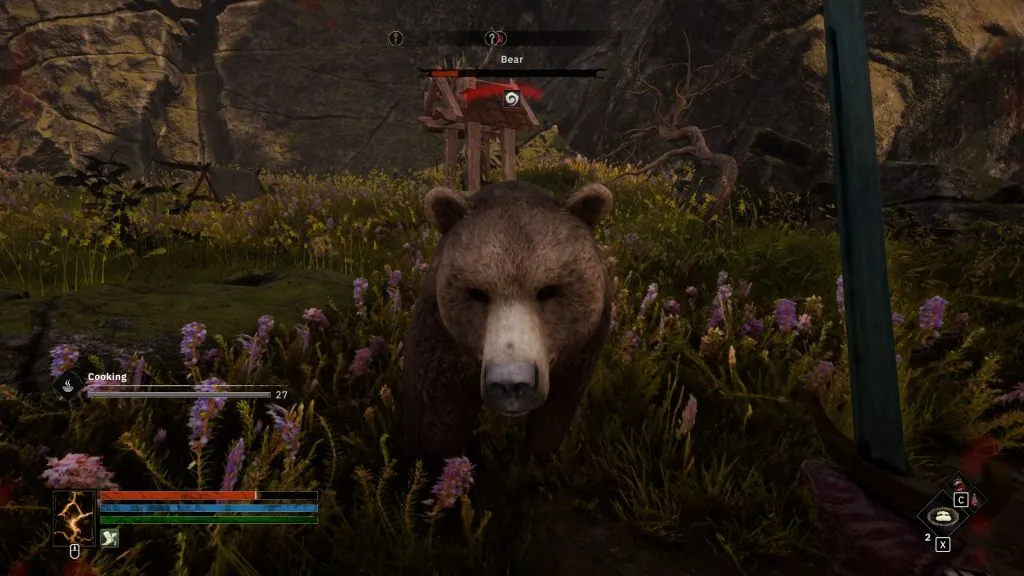
At first glance, one might assume that Tainted Grail is just an... Arthurian Morrowind, but that's not entirely accurate. Mainly because, in addition to Morrowind, other games from which the game draws inspiration can be pointed out. Among them is probably Dark Souls, mainly because of the vibes its Dark Fantasy world gives off (and FORTUNATELY not because of its combat), the important role that... bonfires play in the game, and the way the game simply throws the player into the world after the introductory Island Asylum level. As a European-made open-world RPG with multiple choices in quests (most quests at least, including those involving the game's ending) it inevitably reminds me of Gothic/Elex as well.
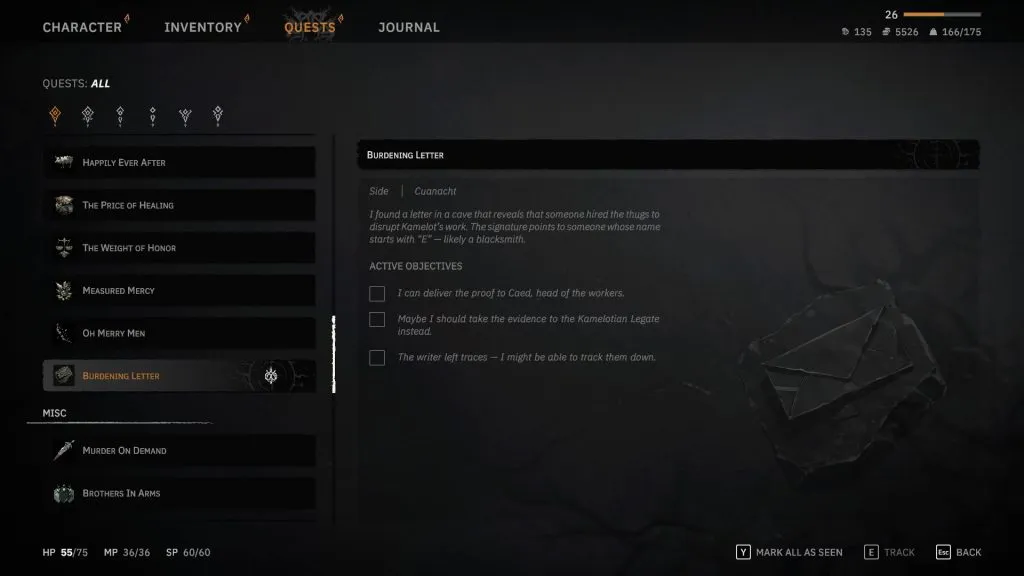
If one assumes that the similarity with the latter also involves various mild or more pronounced "eurojank" features... one would be partially correct. Apart from the occasional minor (hopefully not game-breaking) bugs that might arise, this is more about the broader quality of the animations, which are not exactly AAA level, but also some mild “cracks” that I encountered in quests and some inconsistencies in the dialogue, especially in the later Acts of the game and especially regarding how NPCs recognize or not some quest conditions. For example, after completing a plot-critical quest in Act 3 and acquiring the necessary quest item, various NPCs still had dialogue options that corresponded to a world state where my character had not yet acquired that item. Sure, these are pretty minor instances in the larger context, but my brain did notice them so I had to point them out.
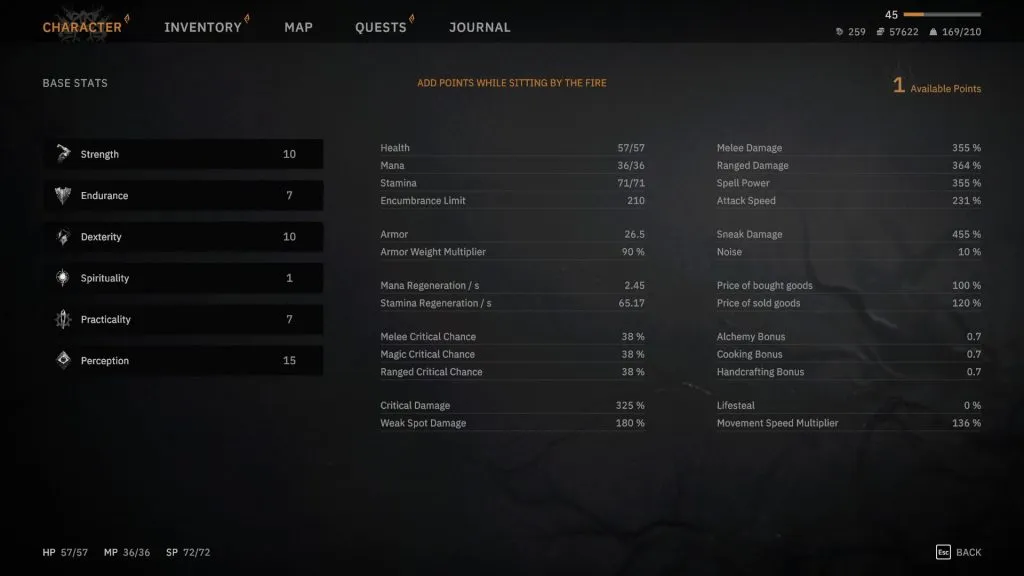
I suppose this is also due to the fact that Tainted Grail was in early access for over 2 years, during which time only the first Act of the game was available, and so it was more polished compared to Acts 2 and 3 which were added only after the game's official full release (the full release update introduced several other features, such as the ability to play in 3rd person perspective, which I didn't really try out). So it's a given that such incidents will be fixed in the future. But it's still true that, at this stage, Act 1 seems in some ways a little more stable than what follows. And even from a technical point of view, as, especially in Act 3, I encountered in the open world occasional stuttering which I hadn't encountered in the first Acts and which are not justified given my fairly high-end system.
The above is obviously not an obstacle to enjoying the title. On the contrary, despite any flaws anyone could point out in regards to content or the technical aspect, the truth is that I immensely enjoyed my first stroll through The Fall of Avalon. And I write “first” stroll because it's a given that there will be other future playthroughs where I will follow different options in the main and side quests and also clear quests and dungeons that I missed in my first, 40-hour or so run to the end credits.
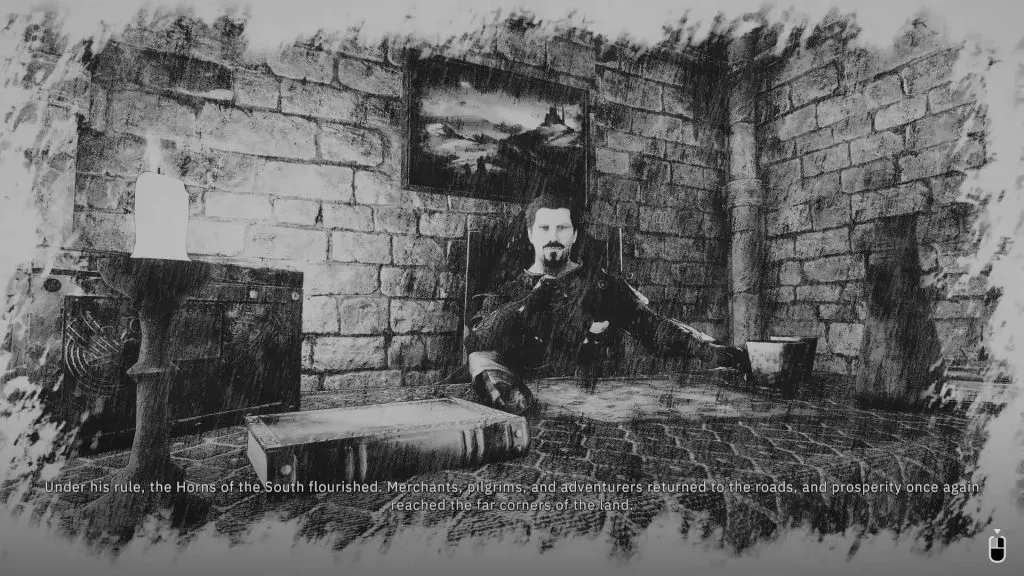
Ultimately, I would say that Tainted Grail: The Fall of Avalon belongs to a group of games of which we need more. Hard-working and absolutely inspired devs who don't have an astronomical budget at their disposal but manage to masterfully overcome any limitations that might arise from that fact, a solid and well-designed, “adult” Dark Fantasy world without it being done in a rushed, clichéd or cringe-worthy way, and nostalgic old-fashioned fun. Zero drama, zero controversy, zero toxicity, just the game and the game only, “as it used to be". Here's to many more like this!
SCORE - 89%
89%
A deliciously old-fashioned open-world RPG, that harkens back to a seemingly bygone era of pure gaming fun.





